|
Galle Maritime Archaeological Museum:
Epitome of an archaeological legacy
by Sajitha PREMATUNGE
Remember the 'Ghost from the Grand Banks'? Science fiction has
provided a glimpse of how intriguing our own history could be in
hundreds or even thousands of years from now. If you know the surprises
that real shipwrecks have to offer you would be amazed. Fact is often
more awe-inspiring than fiction. The Galle Maritime Archaeological
Museum - established by the Ministry of Cultural Affairs and National
Heritage - was recently opened by President Mahinda Rajapaksa. And being
the only such museum in the whole of South Asia it has surprises in
every corner.
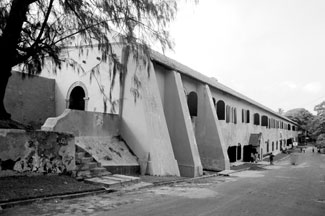 |
|
The Dutch warehouse
which houses the museum |
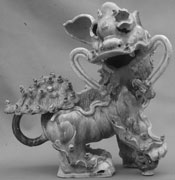 |
|
Some artefacts displayed in the
museum |
"The Galle Maritime Archaeological Museum is only a part of a bigger
plan we have for Galle", said Dr. Sudharshan Senevirathna, Director
General, Central Cultural Fund (CCF). The CCF is currently involved in
the excavation and conservation work in Galle. According to Dr.
Senevirathna although the museum was built on a special grant of Rs. 177
million made by the Government of the Netherlands, the renovation
process was entirely a local effort. Like the Sigiriya Museum, the Galle
Maritime Museum is also disabled friendly.
"One of the salient features of the museum is its depiction of how
the society of the island was nurtured by the convergence of different
cultures, trade and languages and how it affected the country's
multi-cultural and multi-religious ethos", elaborated Dr. Senevirathna.
Coast dwellers depend heavily on oceanic resources. Consequently, a
whole new sub culture with different beliefs, language and traditions is
born. The effects of the ocean are depicted in all the displays of the
museum, from simple utensils to vivid large scale dioramas.
The museum is designed in such a way that it runs along three major
themes - history of maritime archaeology, ocean-community interaction
and various elements of (eastern and western) culture that nurtured Sri
Lankan culture.
The museum, all 40,000 square feet of it, encapsulates a history
dating back to 8000 BC. It exhibits artefacts, replicas, models,
visuals, panels and electronic media representing seafaring traditions,
maritime trade and sea life of the island, spanning some 7,000 years
from pre-history to the colonial period.
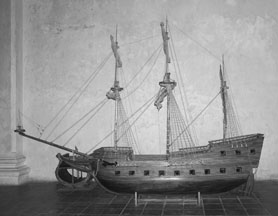 |
|
A replica of the ship
Avondster |
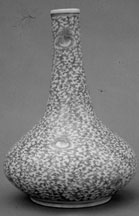 It displays marine artefacts discovered during explorations made in
the ocean floor around Sri Lanka. About 200 artefacts discovered from
the remains of shipwrecks - some with a history as long as 800 years -
are exhibited here. The findings are quite impressive, especially since
only a small extent of the island's shoreline has been explored so far.
Sri Lanka having been a popular port with many harbours of international
standards, its sea floor is probably littered with shipwrecks. It displays marine artefacts discovered during explorations made in
the ocean floor around Sri Lanka. About 200 artefacts discovered from
the remains of shipwrecks - some with a history as long as 800 years -
are exhibited here. The findings are quite impressive, especially since
only a small extent of the island's shoreline has been explored so far.
Sri Lanka having been a popular port with many harbours of international
standards, its sea floor is probably littered with shipwrecks.
A special gallery has been allocated to display a replica of the ship
Avondster (1,659) (Evening star) that sank in the Galle harbour and its
excavated artefacts. "All the replicas are made locally as well as most
of the dioramas", said Dr. Senevirathna. The large diorama of the
prehistoric community is from the 5000 BC Pallemalala.
The former Maritime Archaeological Museum was destroyed by the
tsunami and the present museum has been established after a massive
renovation process. The Dutch warehouse, which houses the museum - a
two-storey building constructed in 1676 - is situated within the
historic Rampart of Galle spanning over one quarter kilometre. The
complex in itself is an important specimen of Dutch architecture,
originally built to store cash crops and later also used as an
administrative centre by the Dutch. With a history of more than 300
years it is the biggest and oldest building remaining intact in Sri
Lanka.
"Since the museum was opened in March, four students have been
streaming into the museum on a daily basis", said Gamini Dodamwala,
Curator, Maritime Archaeology Museum, Galle.
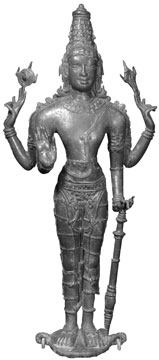 |
|
A bronze statue of
God Vishnu |
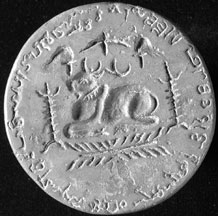 |
|
Bronze seal of
Nanadesin |
"Since its opening, around 2,500 students have visited the museum
from all over the country." The explanations are given by the trained
archaeology graduate in charge of each gallery. "Since most of them were
also involved in the renovation process they have first-hand experience
and a feel of the whole museum."
One of the major attractions for archaeology enthusiasts is the
archaeology laboratory established in the museum. "It displays how the
artefacts are conserved. The visitors can get a hands-on experience of
the conservation process and get a feel of the physical environment of a
laboratory", said Curator Gamini Dodamwala.
The museum consists of a cafeteria, information centre that provides
online and digital information, a reception hall with all facilities,
recently used for programs of the Galle Literary Festival, a sales
centre containing gift items and CCF publications and a children's
activity centre for hands-on activity.
Free educational facilities provided by the museum would be
potentially attractive to schoolchildren and tourist guides. Special
lectures and group discussions could also be arranged. The museum is
open from 9 am to 9 pm, seven days a week, except on special government
holidays.
|

